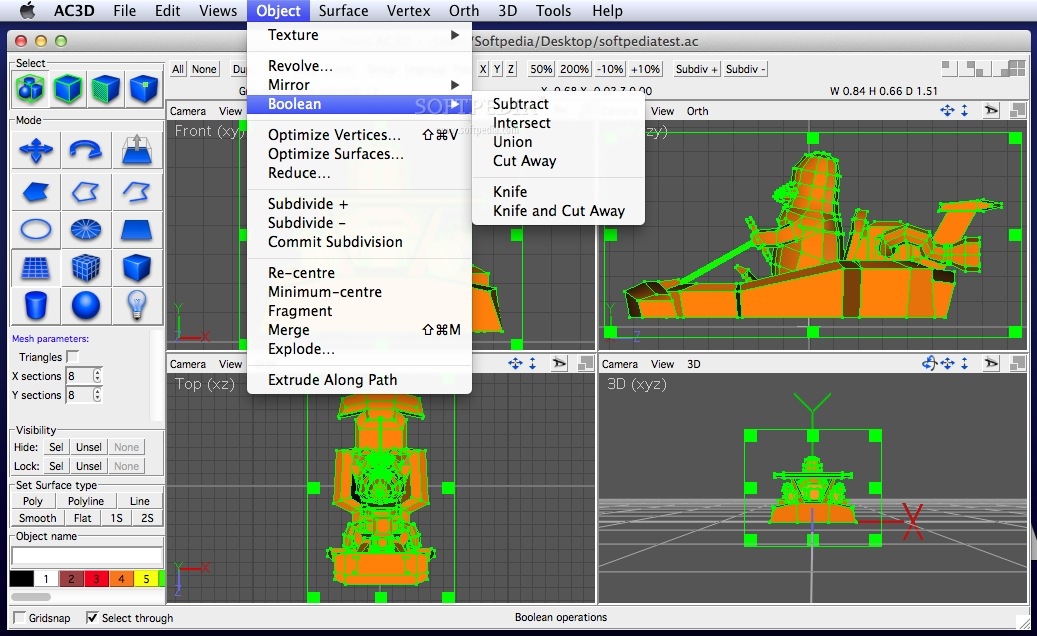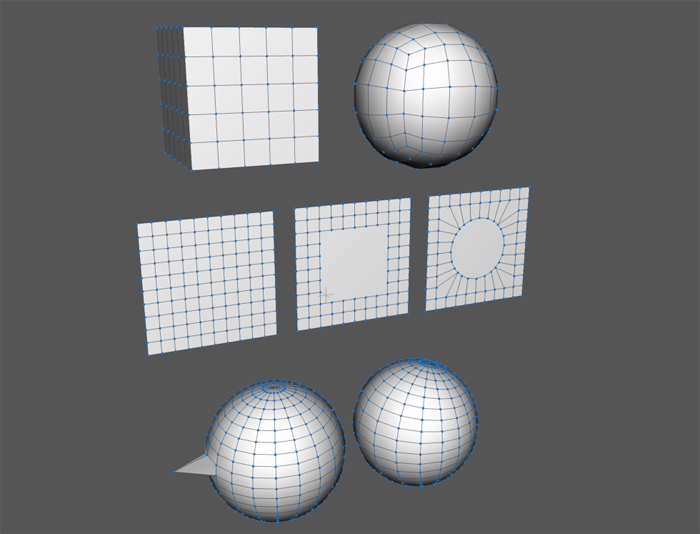

For instance, if you’re writing your own DDS reader for an engine, it might be easier for you to only have to support DX10-style DDS headers with a DXGI format.Īs of this writing, all formats except for 8.8.8 BGR support DX10-style DDS headers, and all formats in the old exporter (including BC1-BC3n) support DX9-style DDS headers. However, if you’re using a format that can use either a DX9-style or DX10-style DDS header, you’ll see the “Use DXT10 Header” checkbox at the bottom of the left pane, that will allow you to switch between these two header formats.

Here are the technical details for those who are interested:īy default, any formats that can be exported using a DX9-style DDS header (with exceptions below) are exported using a DX9-style DDS header, while those that require a DX10-style DDS header use a DX10-style DDS header. I’ve been able to confirm that it seems to fix things with a few older readers.

This should make the files it exports much more compatible with games and applications that use older DDS readers. We just released version 2020.1.3 of the Texture Tools Exporter today, which now tries to export to DX9-style DDS files whenever it can. (I also have a somewhat fragile workaround for this that involves modifying the binary data of the DDS file, in case you want to hear it). The next version of the Texture Tools Exporter will most likely have an option to allow you to turn off the DX10 header for formats that can be stored in old-style DDS files in the meantime, the latest version of the old Texture Tools Exporter is available at the bottom of the Texture Tools Exporter webpage. I’ll see if I can follow up with Autodesk about this. Interestingly, with 3ds Max, it looks like the preview window can load the DDS file, but then connecting it to a material causes some part of the rendering engine to crash as of this writing. In other words, these (barring anything else weird going on, which could totally happen) are valid DDS files, but the program’s DDS reader doesn’t seem to implement that part of the specification! specifying pixel formats using bitmasks and FourCC codes), the new version always writes the DX10 header (which uses DXGI formats, which should ideally be easier for developers to work with and has a standard way to use high-quality formats such as BC7, but it looks like that may not be the case here). While the old version always used the base DDS header (i.e.

(I believe the new version’s Photoshop plugin’s installer should check for this if it can.)įor AC3D, I’ve managed to confirm that it looks like it isn’t able to load DDS files with the DX10 extension in the header. does D3D/DDS show up in the list of file formats in Photoshop’s Save As… dialog, or alternatively, is there a dds64.8bi file in Adobe/Adobe Photoshop 2020/Plug-ins/File Formats)? It looks like when both the old version and the new version are installed at the same time, Photoshop defaults to trying to load DDS files using the old version - but it has problems reading some of the DDS files with the DX10 header that the new version writes, and displays the image as totally black instead. Thank you for asking this! For Photoshop, is it possible that the old version of the tools might still be installed (i.e.


 0 kommentar(er)
0 kommentar(er)
